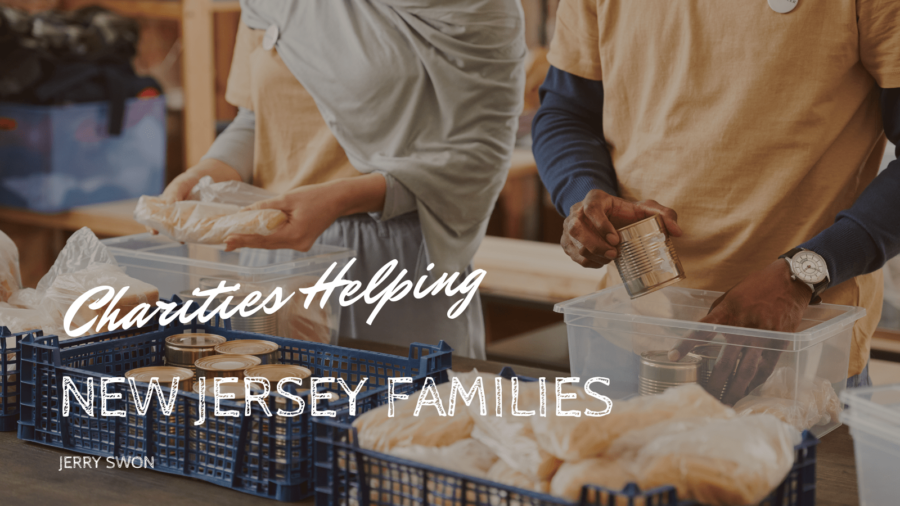There are many other organizations that you can support this season. If you’re looking for a way to give back to the community or just want to spread some love, check out these local New Jersey charities with great causes.
MANNA
For over 28 years, MANNA has been dedicated to providing the best possible meals to those in need. Their programs have helped over 80 individuals with various illnesses, including diabetes and HIV.
If you’re not planning on baking this Thanksgiving but want to help, Manna can provide you with a pie during their Pie In The Sky event. All of the proceeds go to supporting families in need. You can visit one of their pick-up locations in New Jersey to order your pie.
Associated Humane Societies
The Associated Humane Societies was founded in 1906. It has three facilities in New Jersey, including shelters in Tinton Falls, Newark, and Forked River. Their Forked River facility is also home to the Popcorn Park Zoo, a sanctuary for abused, neglected, and sick animals.
Ronald McDonald House of Southern New Jersey
The Ronald McDonald House is a facility that serves families whose children are undergoing medical treatment at nearby hospitals. It provides a safe and comfortable environment for the families to stay in while their kids recover. The house also offers various services such as hot showers, homecooked meals, and transportation to their appointments.
Through the help of your friends and family, you can make a difference in the lives of these families by providing them with a meal. You can also contribute to the organization through its website.
Angels Community Outreach
Katelyn founded the charity at the age of 12. Through her organization, she was able to provide free clothes to families in need. The organization’s members work with various local shelters and social services to help those in need. They also invite clients to come in and shop for themselves.
You can make a monetary contribution or drop off your unwanted clothes at their drop box in front of the store.
Good Grief
The organization offers free and unlimited support services to children, teens, and families affected by the death of a loved one. It works with individuals through peer support groups and advocacy programs.










